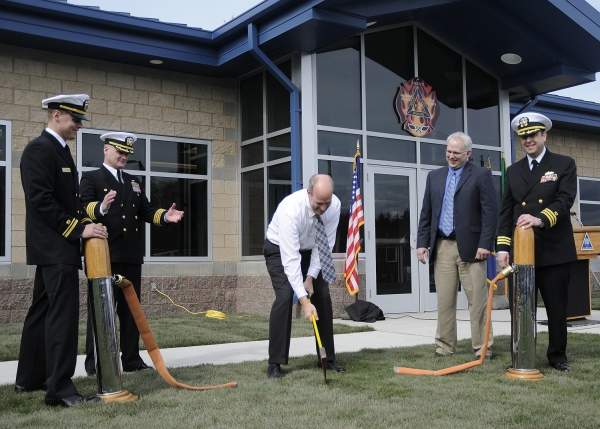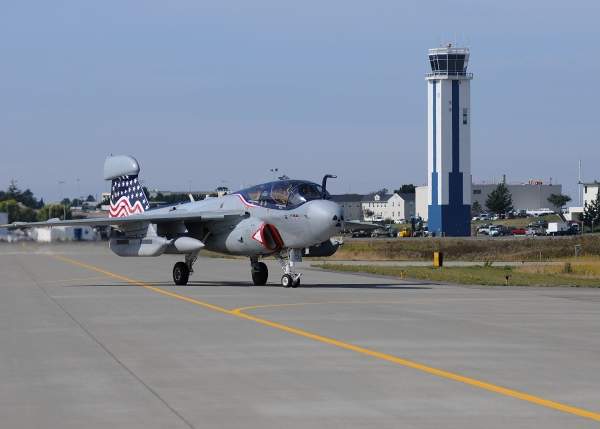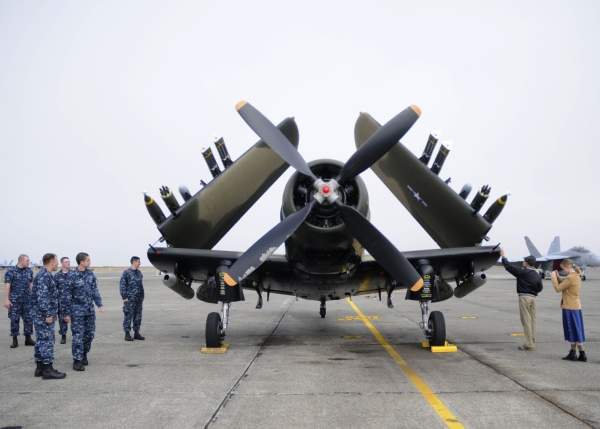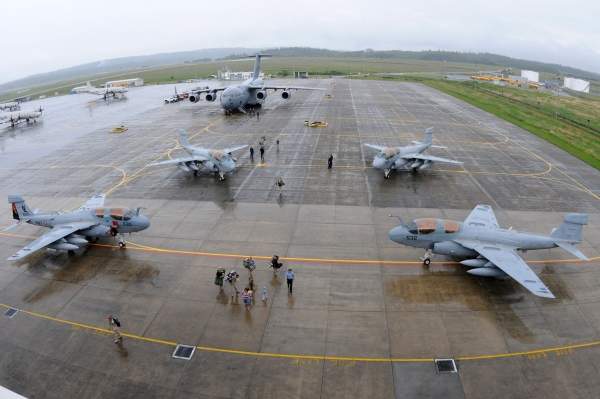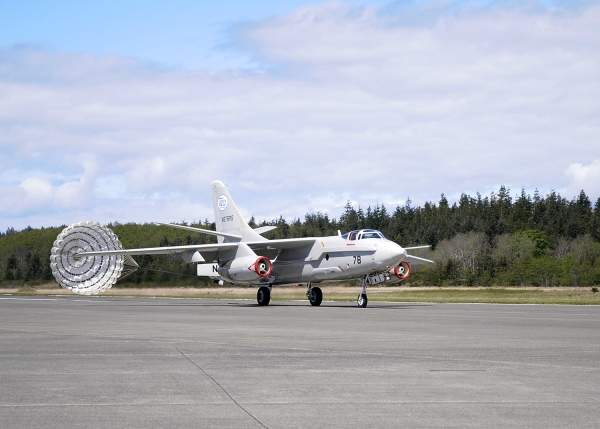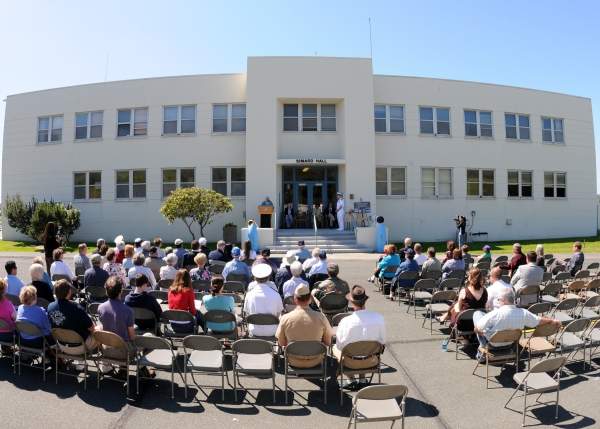The Naval Air Station Whidbey Island is located 90 miles north of Seattle. It is the largest naval aviation installation in the Pacific Northwest. It is also one of the four naval installations forming the Navy Region Northwest.
The NAS Whidbey Island consists of a Seaplane Base and Ault Field. It manages Outlying Field (OLF) Coupeville and the Boardman Training Range in Oregon. The base is a home to all US Navy electronic attack squadrons operating the EA-6B Prowler and EA-18G Growler.
The base population is composed of 7,500 military forces personnel, 1,200 civilian employees and 1,200 contractors.
NAS Whidbey Island history
The history of the NAS Whidbey Island dates back to January 1941 when the Office of the Chief of Naval Operations ordered 13th Naval District to explore a new location for the seaplanes operating in the Puget Sound area.
The area, along the Saratoga Passage, was selected for the seaplane base. A topographic survey initiated in December 1941 found a location for a new airfield at Clover Valley.
The construction of the airfield began in March 1942. The first aircraft landed at the field in August 1942.
The NAS Whidbey Island was officially commissioned in September 1942. Torpedo overhaul equipment was shifted from Indian Island in the same year. The earliest squadrons of aircraft operating at the base were F4F Wildcats and F6Fs.
The first PBY Catalina landed at the Seaplane Base in December 1942. The new airfield was named Ault Field in September 1943. The F4Fs were replaced by the F6F Hellcat by the end of 1943. SBD Dauntless dive-bombers grew as a major aircraft at Ault Field in 1944.
The base was set to decommission due to slowed operations at the end of World War II. The all-type, all-weather Navy field was however declared operational to support the fleet and Alaskan activities.
The base was expanded and operations accelerated during the Korean War. Six VP (Patrol) squadrons and two Fleet Air Support squadrons were stationed by the end of the war.
The Heavy Attack Wing 2, Heavy Attack Squadron 2 and Heavy Attack Training Unit, Pacific, which were transferred from NAS North Island in July 1957, formed Pacific Fleet heavy attack programme at the NAS Whidbey.
NAS Whidbey Island operations
The Air Operations department supports the operations of tenant units and transient aircraft through its divisions including, air traffic control, ground electronics, air terminals, the facilities division, search and rescue, fuels division and naval weapons system training facility.
The activities of the Naval Air Reserve in the region are centred at the base. The visiting US Coast Guard cutters and buoy tenders, as well as the Canadian Navy minesweepers, are berthed at the Seaplane Base Pier located on the west side of Crescent Harbor.
More than 50 tenant commands, 19 active duty squadrons and two ready reserve squadrons are currently stationed on Whidbey Island. The base supports 15 Prowler squadrons and operates a search and rescue unit flying the UH-3H Sea King helicopter, as well as two C-12 Hurons for fleet logistic support.
Other squadrons of the naval air station include four P-3 Orion Maritime Patrol squadrons and two EP-3E Aries Fleet Reconnaissance squadrons.
Air facilities
The major air facilities are located at the Ault Field. The airfield has two concrete paved runways. Runway 7/25 has a length of 8,000ft, while runway 13/31 measures 8,001ft in length. A 5,400ft long concrete runway at OLF Coupeville is principally used for field carrier landing practice (FCLP) by carrier-based jet aircraft.
Air traffic control services are provided by the Air Traffic Control Division through the Air Traffic Control Facility (ATCF). The ATCF is one of the busiest in the US Navy Air Traffic Control System, handling 215,000 operations a year.
The air passenger terminal at the base handles the cargo and passengers of squadrons and tenant units. It also provides support to transient aircraft.
The communications, navigational aids, radar systems, automatic carrier landing system and related weather equipment are provided by the ground electronics division. The facilities division maintains the arresting gear for E-28 and E-5 aircraft at NAS Whidbey Island and OLF Coupeville.
Other base facilities and services
NAS Whidbey Island has more than 1,700 housing units for the military personnel and their family members. The base housing is located at Maylor Point, Forbes Point and Coral Sea areas.
The Morale Welfare and Recreation (MWR) centre conducts navy events, fleet and family support programmes, youth and teen programmes, outdoor recreation and single sailor activities. Other base facilities include navy exchange, commissary and child development centre.
US Defence Sector – Market Opportunity and Entry Strategy, Analyses and Forecasts to 2015
Detailed analysis and forecasts of the US defence market are available from our business information platform Strategic Defence Intelligence. For more information click here or contact us: EMEA: +44 20 7936 6783; Americas: +1 415 439 4914; Asia Pacific: +61 2 9947 9709 or via email.

